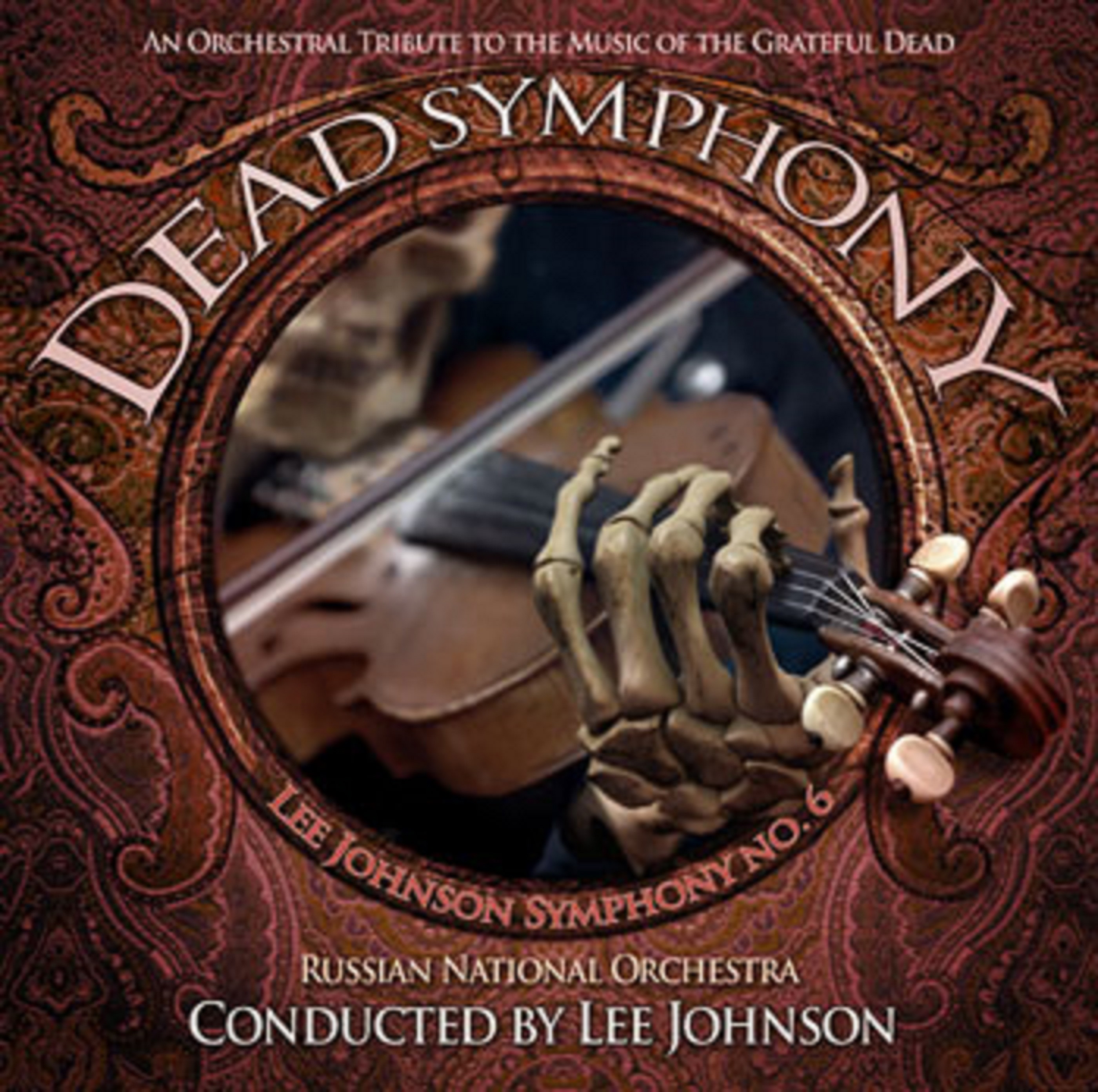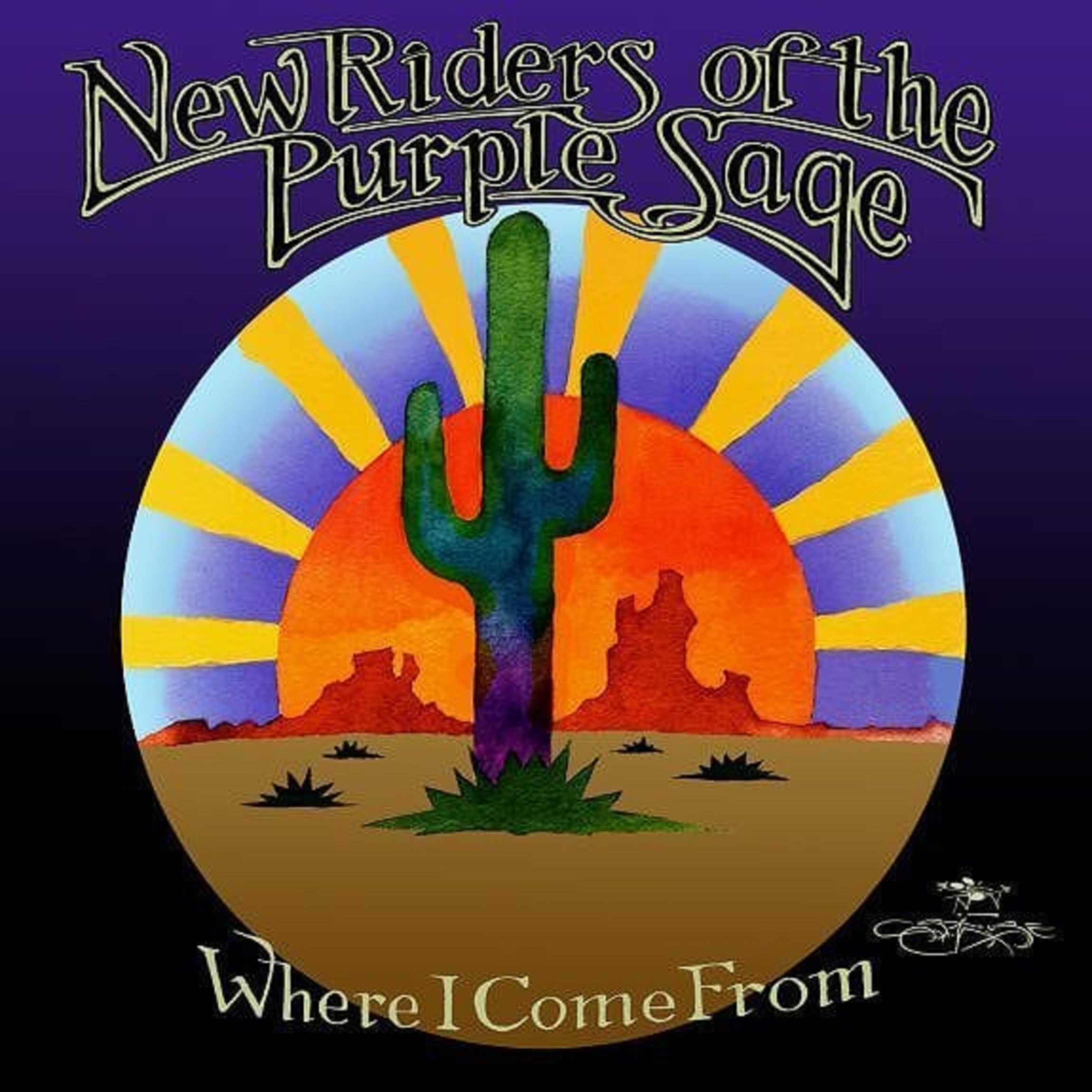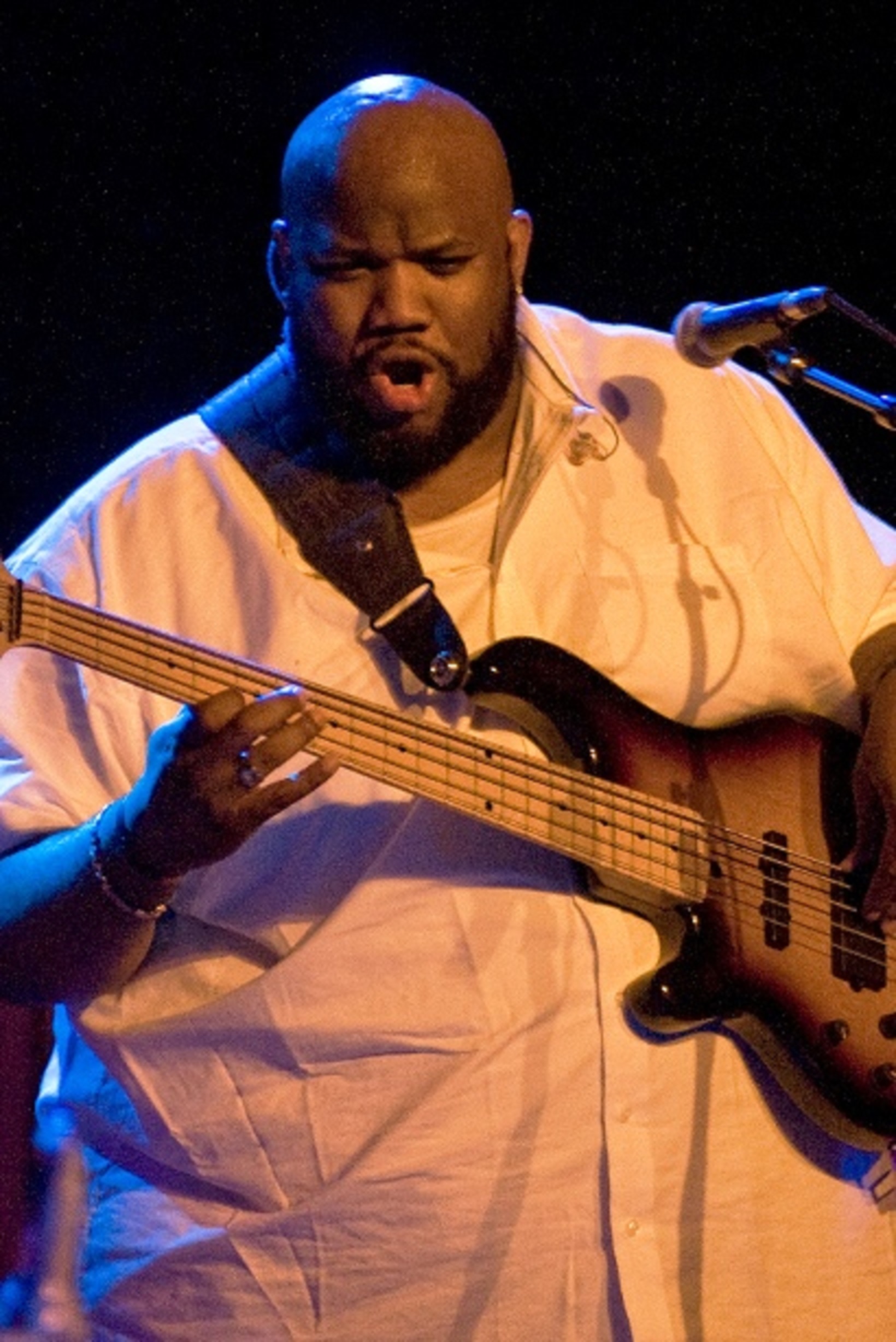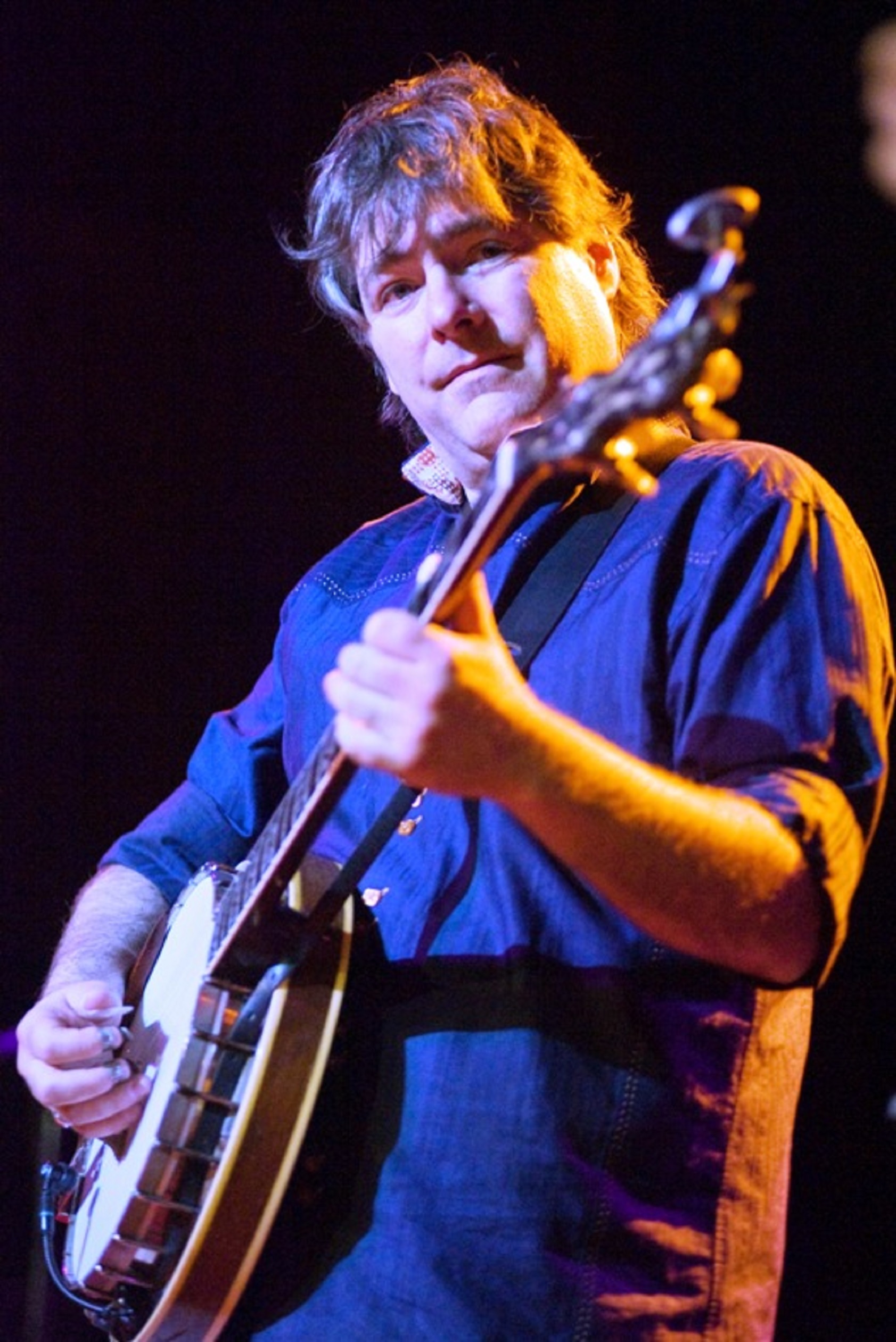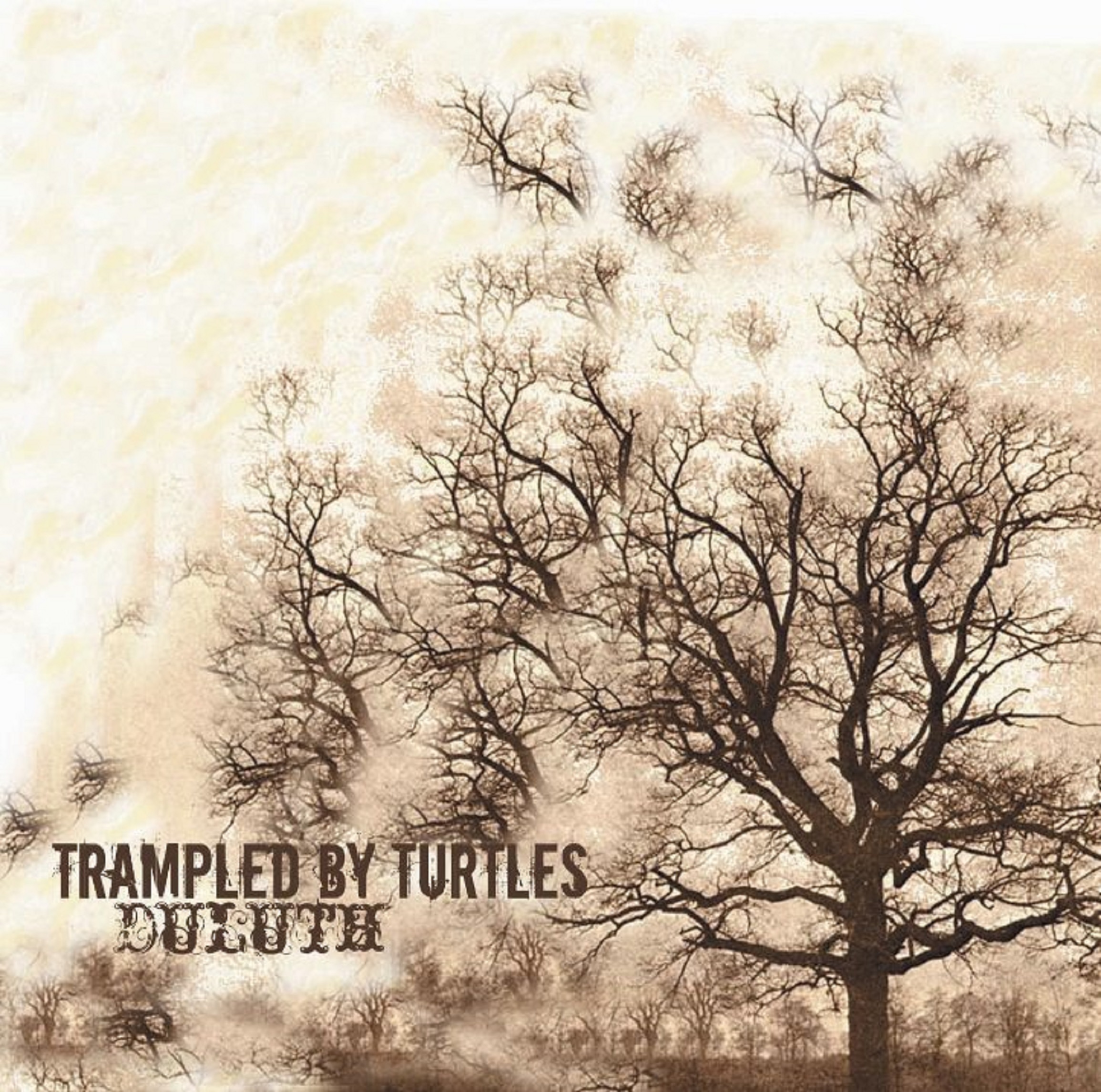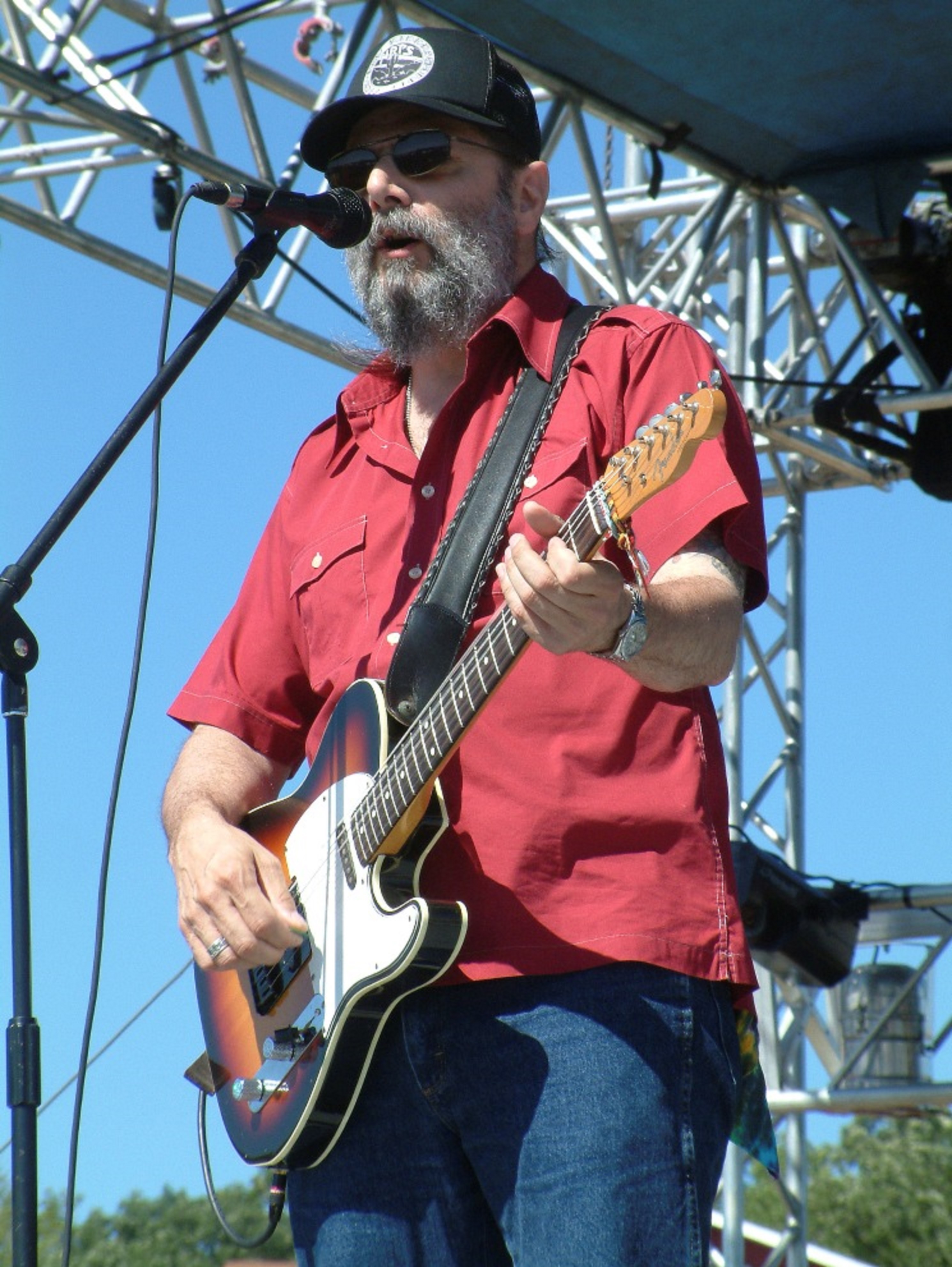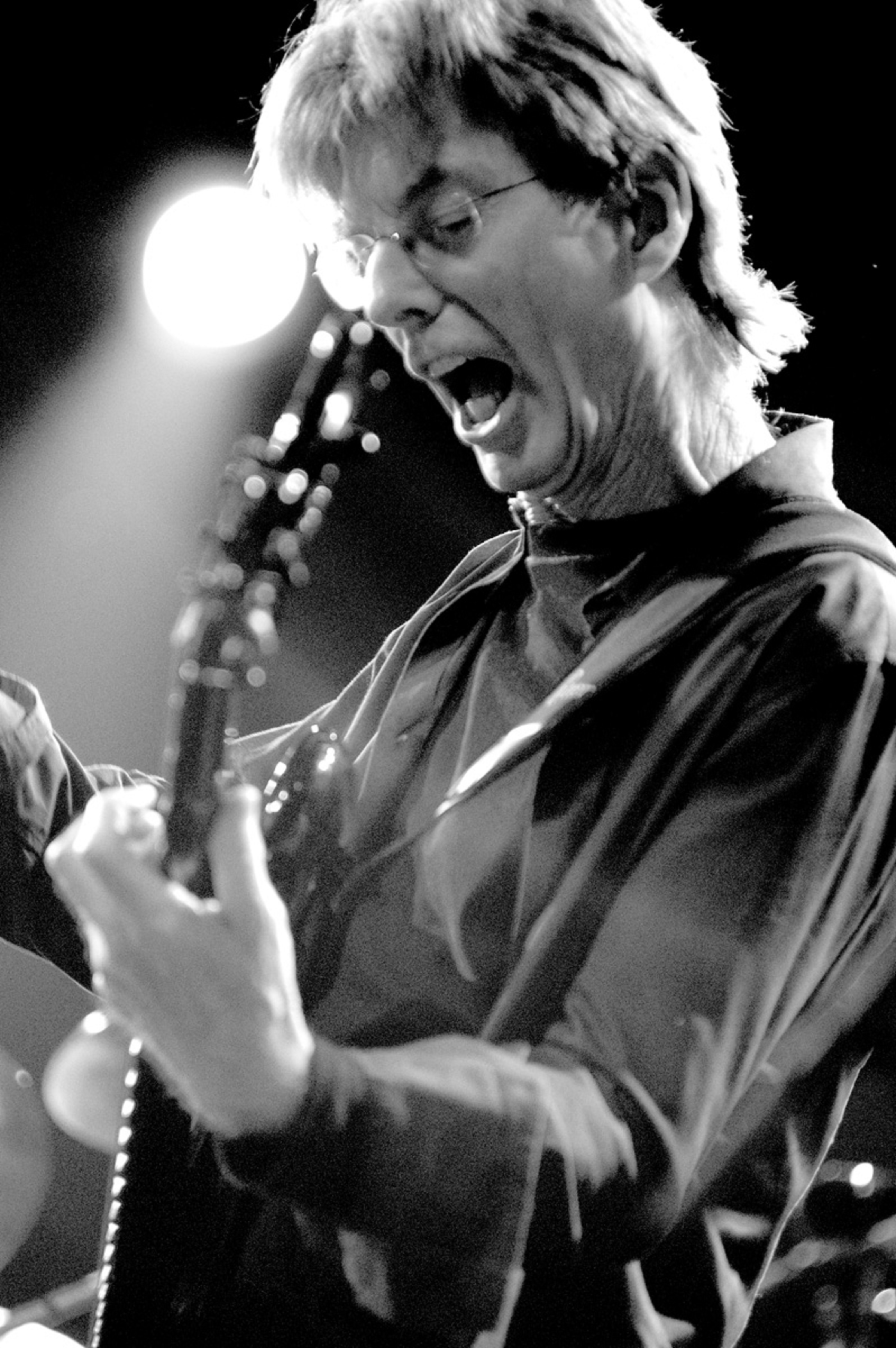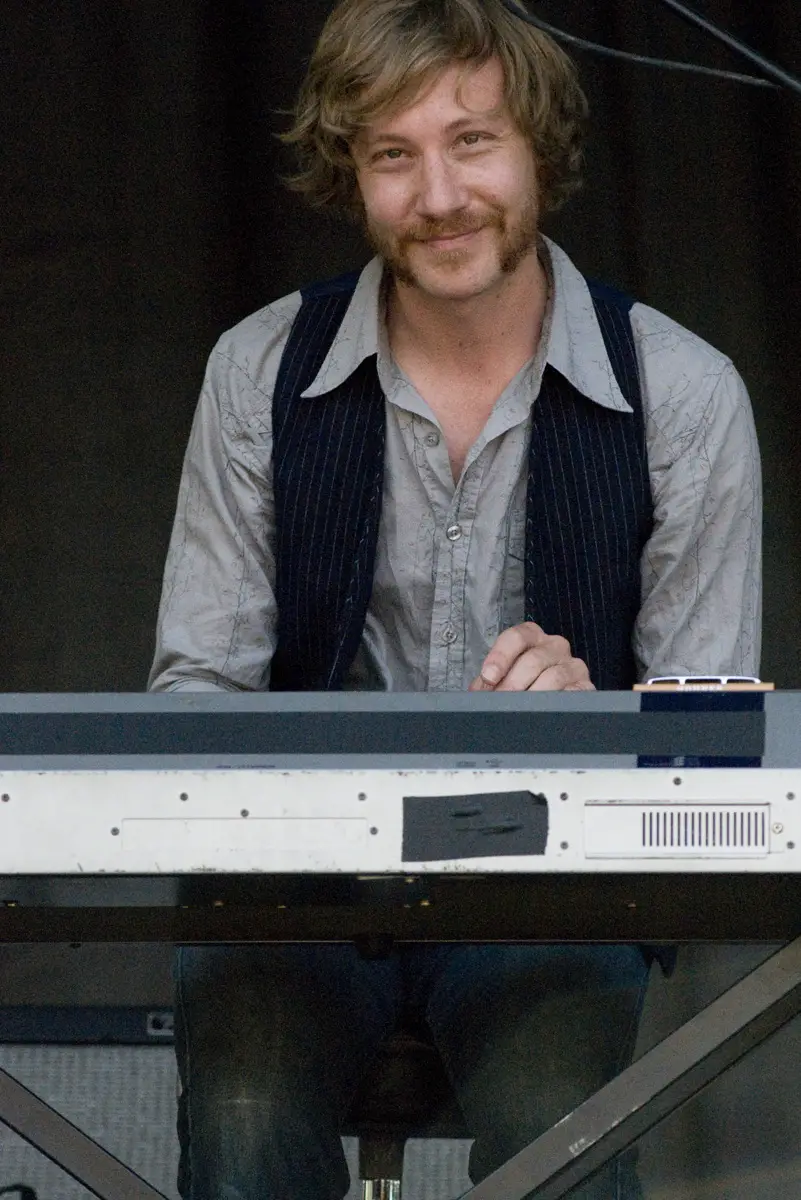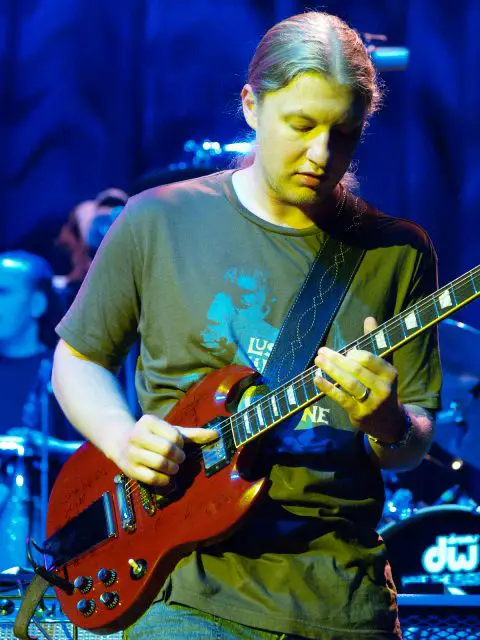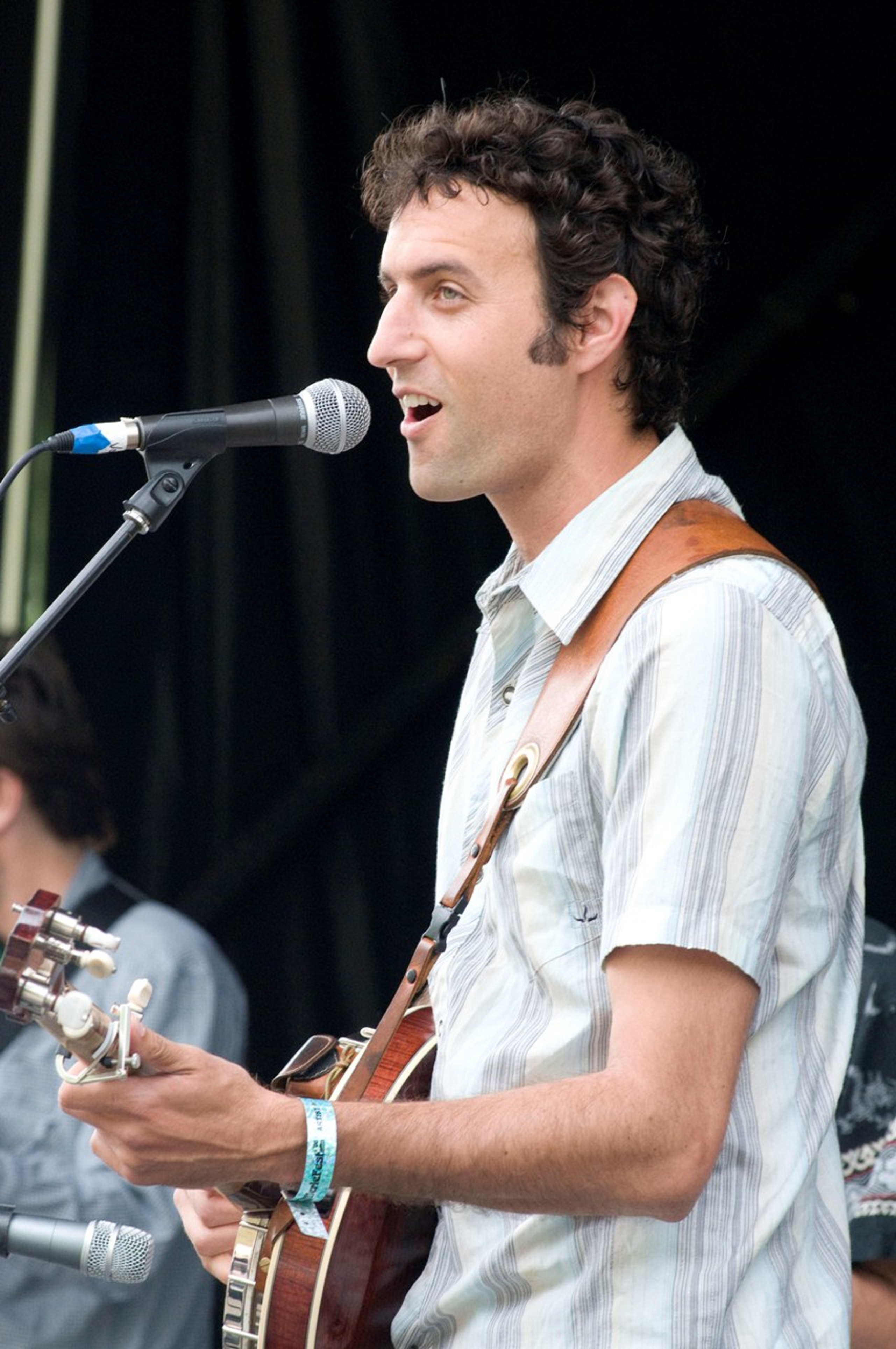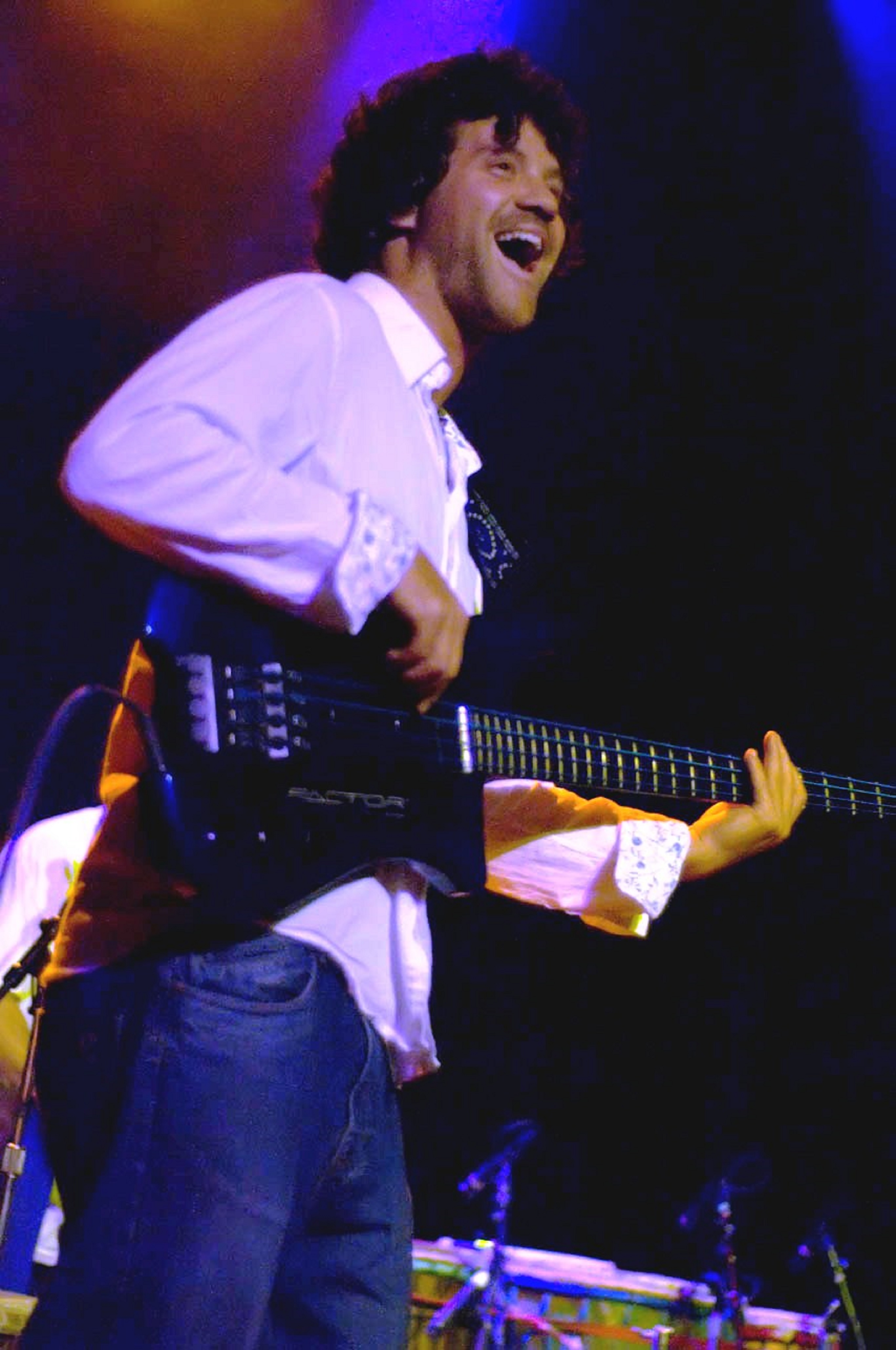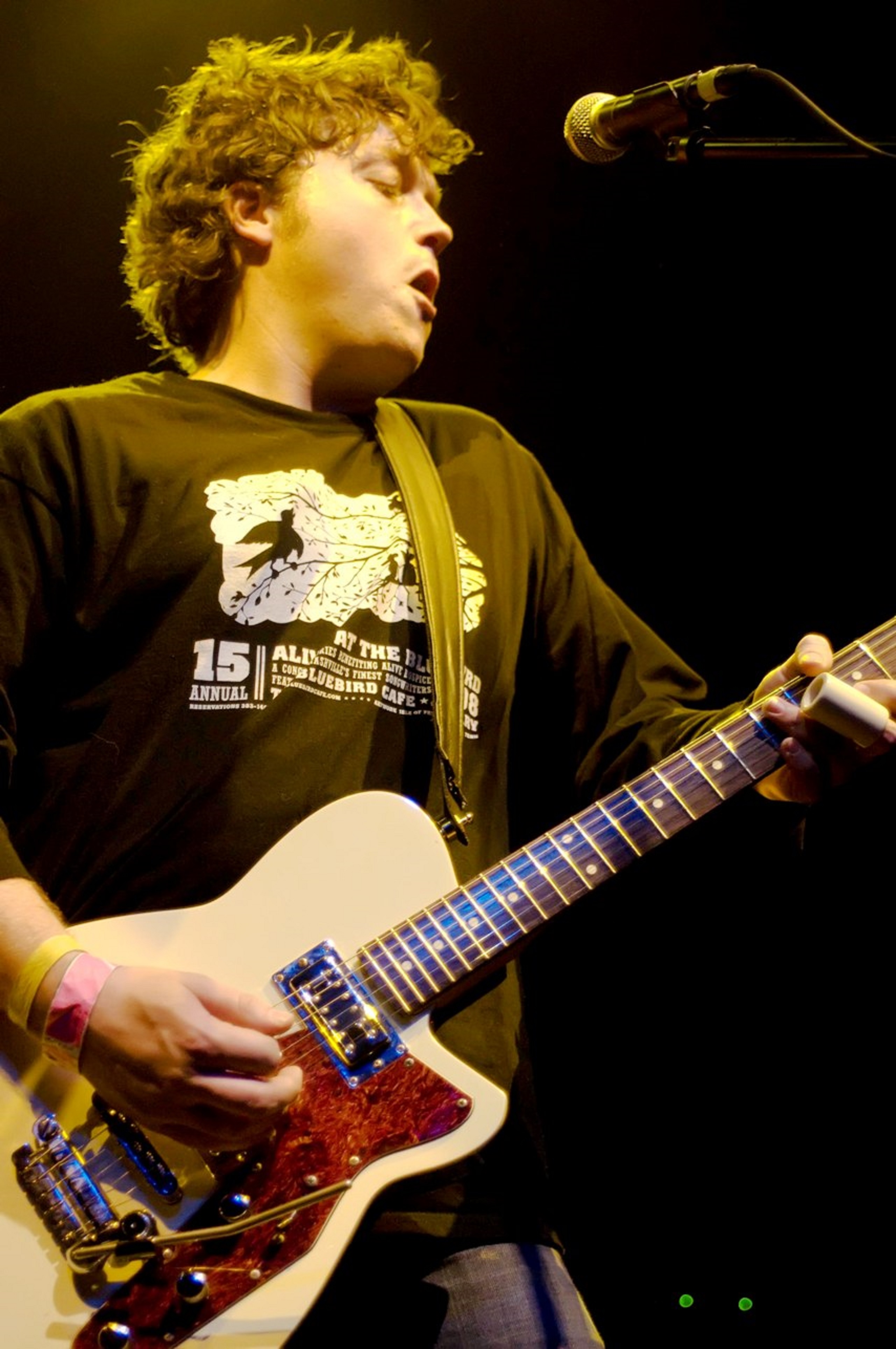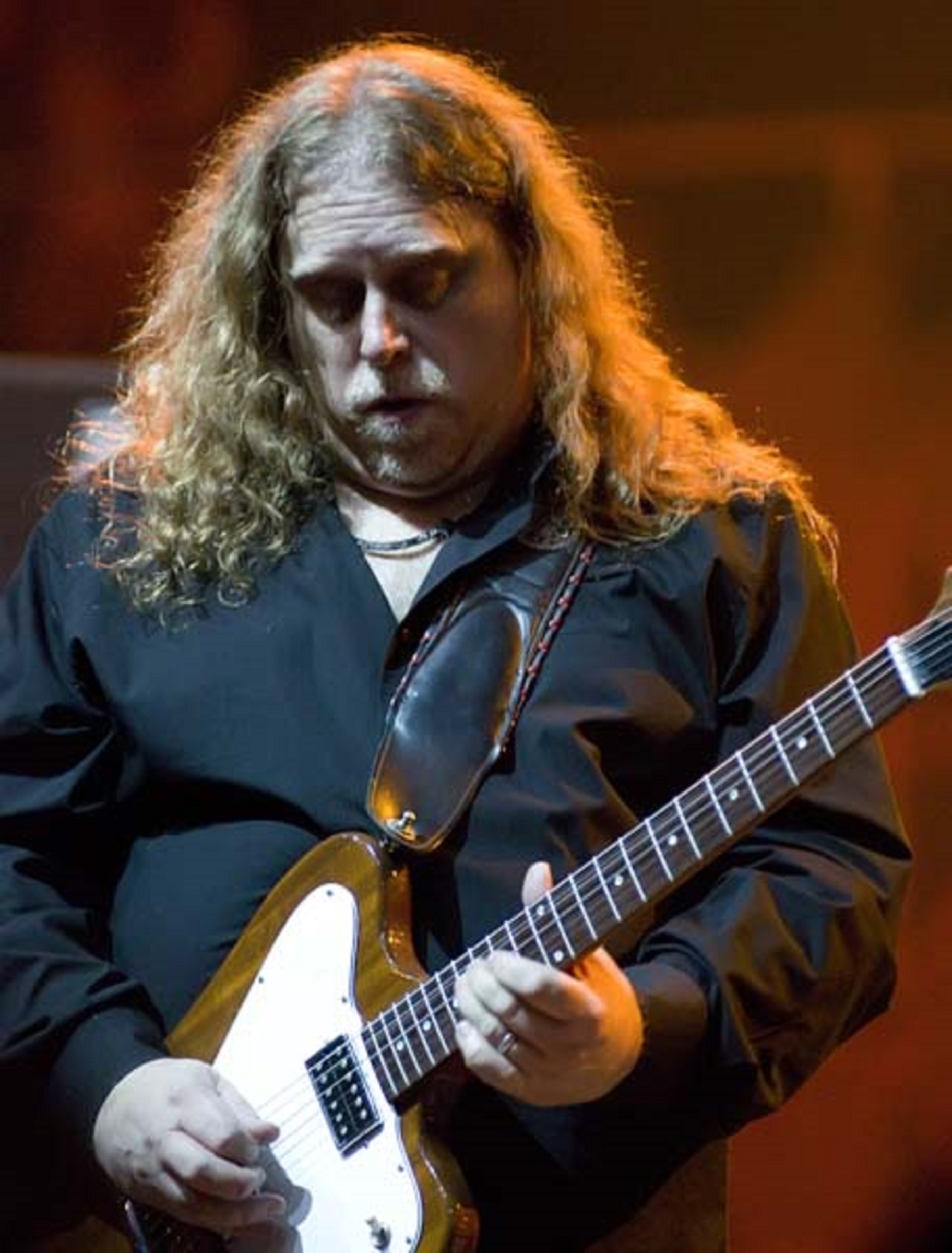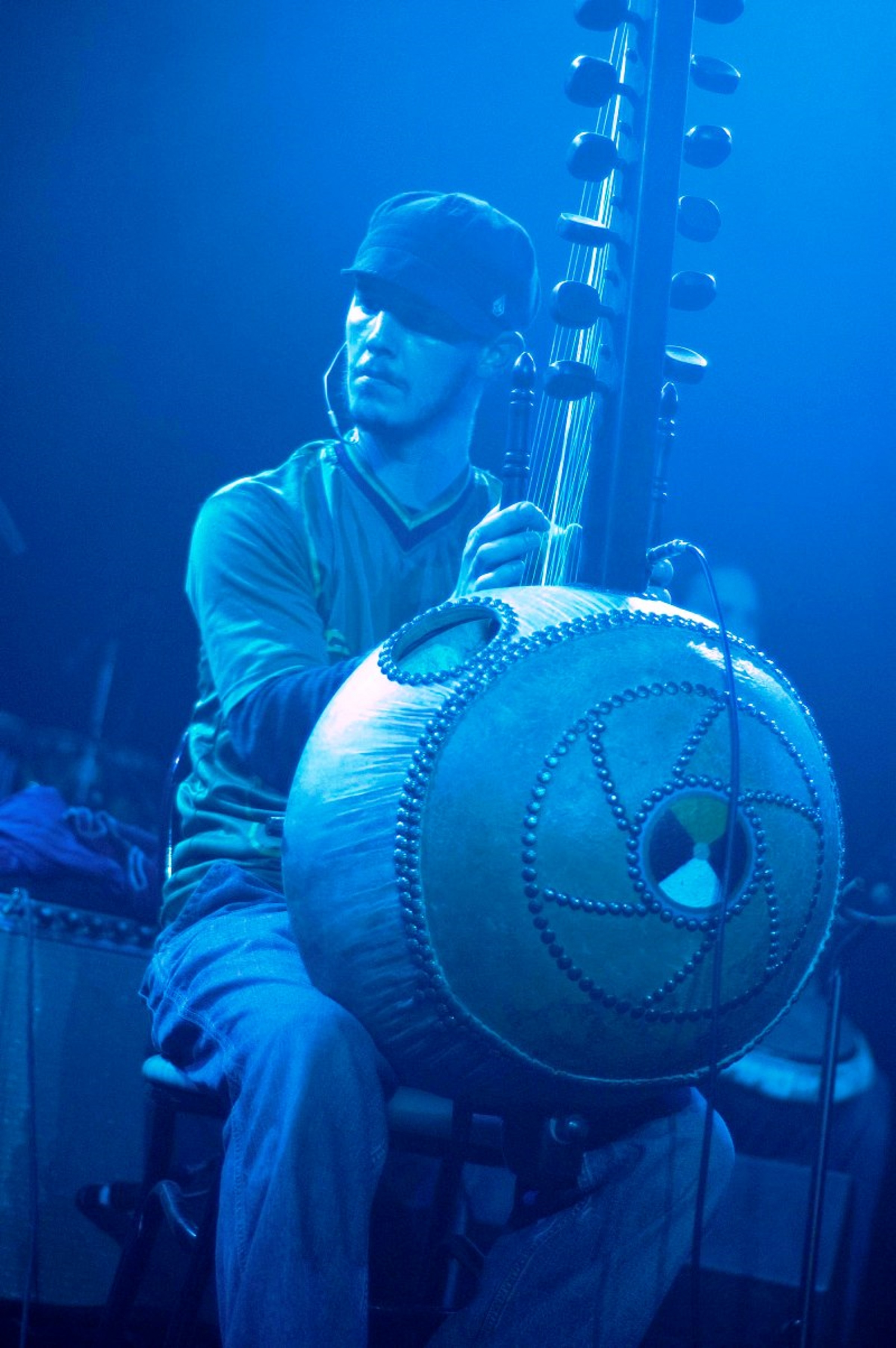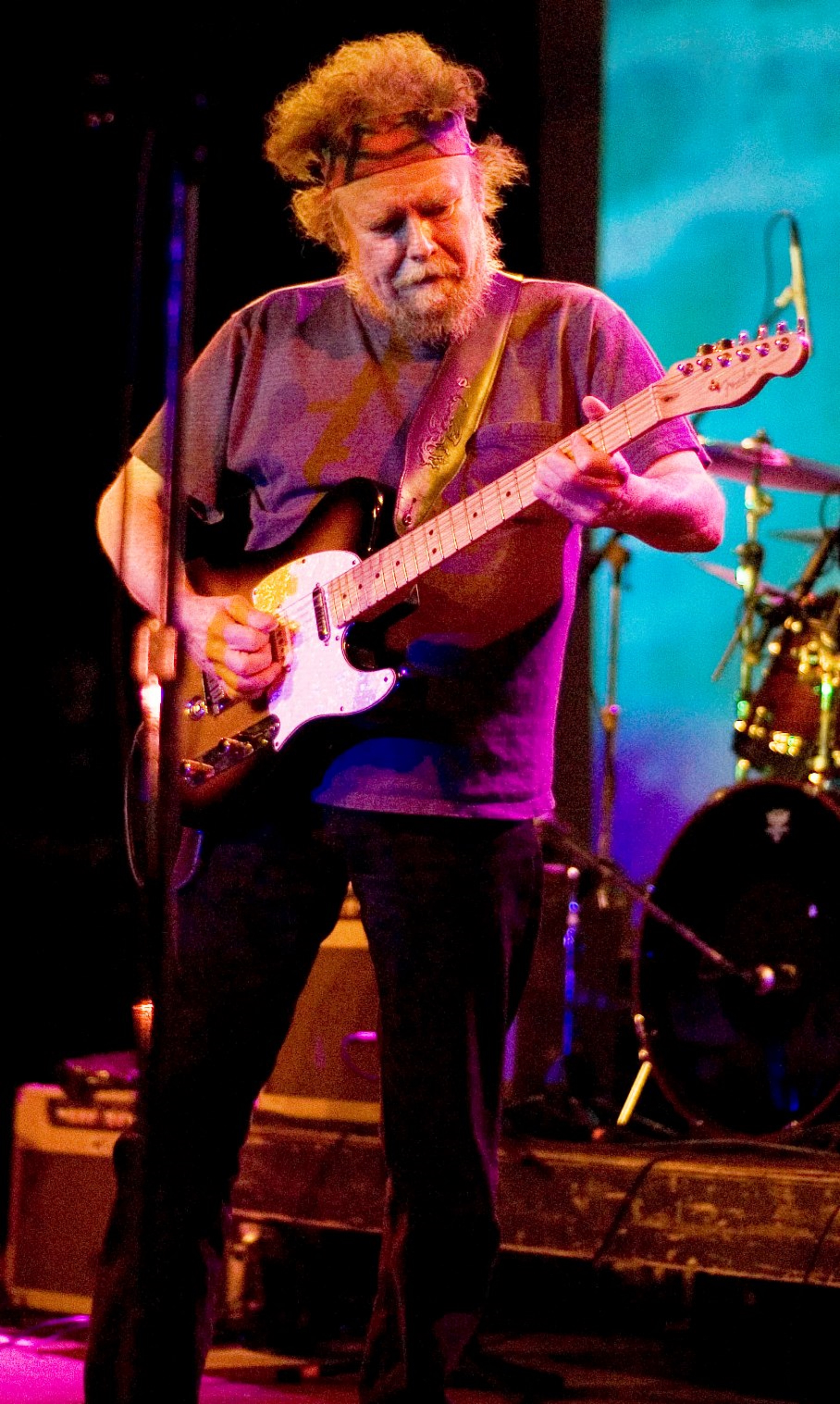In many ways the Grateful Dead's music was destined from the beginning to be a symphony, much as the band itself was an orchestra with core members and a rotating cast lending a hand. When I was a kid and my father would listen to them I would immediately be able to draw similarities due to the complexities between their music and classical. Perhaps that's why it's fitting that finally after all these years someone has finally written a symphony which is based on and inspired by the Grateful Dead.
Unlike so many other bands whose work has been simply transcribed and presented as fodder for increasing concert revenue for struggling orchestras, the Dead Symphony #6 is reflective of the music but not a mirror. Lee Johnson, the fantastically talented composer who wrote this symphony, used subtle traces and snippets of the Dead's work with a touch if improvisation to weave a symphony which stands alone in its orchestral merit and at the same time pays tribute to the genius of the Dead. Perhaps it's because Johnson was not originally a Dead fan that this work is so unique and so original. It took ten years of exhaustive research from the point it was commissioned for the symphony to come to fruition with the Moscow recording, and during that time Johnson immersed himself in the Dead's music and attempted to learn its darkest secrets.
The bounty of Johnson's labor was seen on August 1st 2008, when the Baltimore Symphony Orchestra had the honor of playing the symphony for the birthday of Jerry Garcia. Although it had previously been recorded with the Russian National Orchestra in Moscow, this would be the first time an audience would be able to hear it, a full twelve years after it had been originally commissioned.
As anyone who has played in an orchestra will tell you each composer can, to an extent, interpret a piece differently, which is exactly why the Dead Symphony was so perfect. As no Dead show was the same, neither will any performance of the symphony. Johnson wrote passages in the music which allowed the performers to improvise to a certain extent, thus creating a unique performance each and every time, and with Lucas Richman conducting this evening it would be no different.
The symphony itself was one piece with brief pauses between passages. Each passage was inspired by a different Dead song. Although they were only supposed to be brief pauses in order to let the listener transition out of one song and into another, the rousing applause often prolonged this pause to a much longer break. Opening with the Dead Overture which brought back memories of the crowd, the tuning and testing of Jerry's guitar, the sound of drums being tuned, essentially bringing us back to the excitement preceding start of show. Adding to this is that Dead Overture was based on the Italian tune Funiculì, Funiculà which as sort of an inside joke for Dead fans, was an often played song before shows. It truly was a flashback moment. Then without notice and unexpectedly, the orchestra started into the piece inspired by Saint Stephen.
With the first notes of Saint Stephen you realize that this will not be a simple transcription. Johnson's influence was not drawn from the strong and recognizable melody but instead from the more subtle and often neglected harmony parts. While the most recognizable parts were there in some form, all together it seemed as though Saint Stephen was much sadder and believe it or not, freer flowing than the Dead would perform. However one must keep in mind throughout the entire symphony that the songs were merely meant to inspire, not provide the structure.
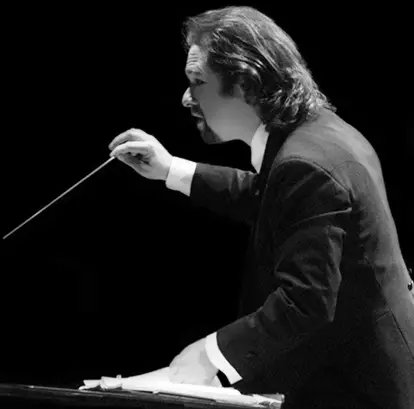
The next three passages were inspired by Here Comes Sunshine, Mountains of the Moon, and Blues for Allah. These songs were particularly well suited to be an inspiration for a symphony due to their structure as well as the fact they are not the most beloved songs from the Dead. Due to their somewhat less popular nature, significantly more liberty in re-arranging and drawing inspiration could be undertaken without alienating the listener. Would this have been tried on a song as recognizable as Casey Jones or beloved as Dark Star then there might not have been such a favorable reception. These passages stand strongly on their own and as interpretations and I feel strongly that if one put them in front of a classical aficionado they would garner acclaim on their own.
Sugar Magnolia followed with the orchestra paired down to the essential instruments. This passage was much closer to a transcription, however not quite. Up to this point the symphony was very heavy and somewhat darker. Sugar Magnolia was presented as an overture which allowed the mood to lighten and the listener to relax and process the passages they had just heard with a much simpler fare. It was a heavy contrast to the offerings so far and I feel that it was necessary and well placed.
In sharp contrast to the light and cheery Sugar Magnolia, The passage inspired by To Lay Me Down was again slower and much darker. It was somewhat disappointing that the mood turned dark yet again, but given the song and the overall theme it was not ill fitting.
Immediately after was another overture, inspired by If I Had the World to Give, and once again it was lighter and happier. Perhaps this can be attributed to the lack of horns and the light staccato of the violas and cellos throughout. This was the other passage which was much more recognizable and followed much truer to the Dead's version of the song.
Stella Blue followed, starting dark and quiet, and then erupting into a loud chaos and one of the signature improvisational segments. Eventually the mood settled and evolved into something reminiscent of a 1920's jazz hall, before slowly coming to an end and transitioning immediately into Bird Song. Bird Song was a welcome change from the start, with a much lighter tone and having clarinets and a harpsichord prominently featured in the melodies. Towards the end in the last few moments it assumed an almost regal march like sound.
The last passage was inspired by China Doll and it once again was very solemn, but this time it had a hopeful air to it. To me it very much would seem in place at the end of a film score where it is revealed that society has persevered and will once again flourish. Perhaps there is a message in this as the last passage for every Dead fan. Although Jerry is gone, and the Dead have appeared to be content with their current pursuits, music is still evolving and great things have risen from the ashes. Dead Symphony #6 is one of these great things.

The show ended with a reprise of the Dead Overture and scores of applause. Lee Johnson and Conductor Lucas Richman came out for no less than 4 rounds of standing ovations and overall response was enthusiastic.
As I exited I heard people discussing their reactions. Overall it was positive, for some transcendental, but for others they seemed to miss the message presented. Perhaps they didn't read the fine print and where it said the symphony was inspired by the Dead, but not an orchestral version of the songs. It is extremely hard to have the type of interplay which the Dead so excelled at in an orchestral setting, and I think Johnson's composition and allowance of improvisation and vocal interjections accomplished this with style and a uniqueness which is rare. Without a doubt there is plenty of room for more symphonies based upon or inspired by the Dead. With such a vast and varying catalogue of inspiration, how could there not be? (Phil are you listening?) Lee Johnson though has set a very high bar for other composers to meet, and I applaud him for creating what I view to be a remarkable piece in a genre where classical music based off popular modern music is often easily discounted.
The Dead Symphony can be purchased from Amazon.com, iTunes or from deadsymphony.com.






